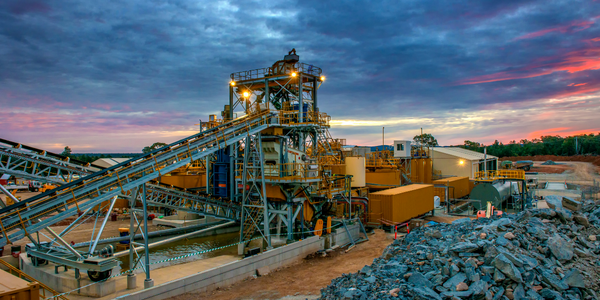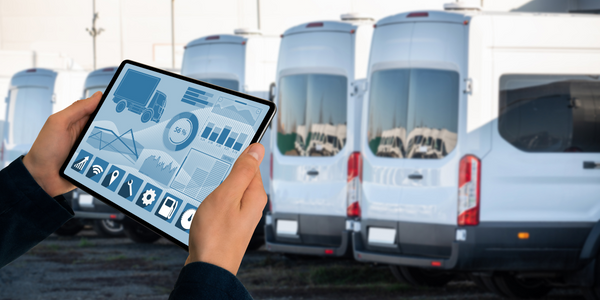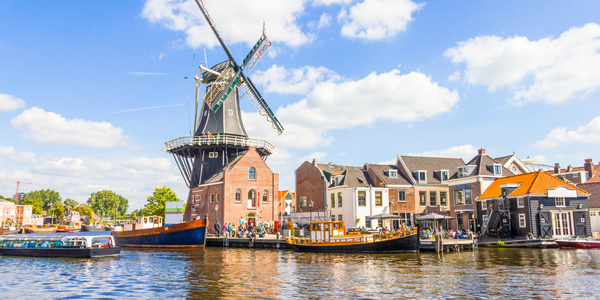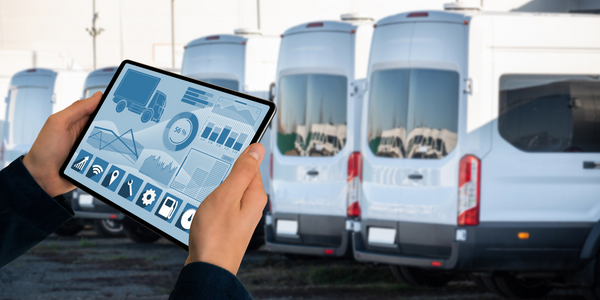Customer Company Size
Large Corporate
Country
- Worldwide
Product
- SenseAware
- LocationSmart’s Global Site ID (GSID)
- LocationSmart Mobile Network Location
Tech Stack
- GPS
- Wi-Fi
- CDMA
- GSM
- WCDMA (UMTS)
- LTE
- Cloud-based APIs
Implementation Scale
- Enterprise-wide Deployment
Impact Metrics
- Customer Satisfaction
- Productivity Improvements
Technology Category
- Networks & Connectivity - Cellular
- Networks & Connectivity - Network Management & Analysis Software
- Networks & Connectivity - WiFi
- Sensors - GPS
Applicable Functions
- Logistics & Transportation
Use Cases
- Fleet Management
- Track & Trace of Assets
Services
- Cloud Planning, Design & Implementation Services
About The Customer
FedEx Corporation is a globally recognized leader in transportation, e-commerce and business services. The company has more than 300,000 team members worldwide. FedEx offers a service called SenseAware to its customers who seek enhanced visibility during shipping. This service allows customers to closely monitor the supply chain lifecycle. SenseAware features multi-sensor devices with advanced wireless communications software systems to collect and report real-time GPS and sensor-based logistics data from assets located within packages, trailers, pallets and warehouses. With this level of intelligence, FedEx SenseAware customers are able to heighten security, improve efficiency and productivity.
The Challenge
FedEx Corporation is a globally recognized leader in transportation, e-commerce and business services with more than 300,000 team members worldwide. SenseAware® is a service offered to customers seeking enhanced visibility during shipping so they are able to closely monitor the supply chain lifecycle. It features multi-sensor devices with advanced wireless communications software systems to collect and report real-time GPS and sensor-based logistics data from assets located within packages, trailers, pallets and warehouses. With this level of intelligence, FedEx SenseAware customers are able to heighten security, improve efficiency and productivity. As a radio navigation based technology, GPS is a standard industry tool for logistics and tracking but it has certain limitations. GPS is not always available as its signal can be blocked when packages are stored deep within buildings or when physical elements obstruct a signal’s pathway. FedEx SenseAware needed to identify a solution that delivered accurate and real-time tracking information to supplement its GPS-based technology. This was vital to guarantee the high-quality service and tracking data promised to its customers.
The Solution
FedEx SenseAware selected LocationSmart’s Global Site ID (GSID) and cross-carrier mobile network location solutions to provide location intelligence when GPS is unavailable. With GSID, FedEx SenseAware greatly expanded the total number of devices it is able to locate and the global reach of its tracking grew exponentially. This location technology is a global service covering more than 200 countries and it functions seamlessly even when devices are roaming. GSID allows FedEx SenseAware to locate any device utilizing Wi-Fi, CDMA, GSM, WCDMA (UMTS) or LTE. The mobile network location from LocationSmart enables FedEx to locate any mobile device when connected to the carrier network. As a cloud-based application program interface (API), mobile network location does not require software or applications to be downloaded before use. It provides secure data with minimal drag on device performance. FedEx attempts to locate devices with mobile network location first and if location is unavailable, it automatically falls back to Global Site ID for optimum device insights.
Operational Impact

Case Study missing?
Start adding your own!
Register with your work email and create a new case study profile for your business.
Related Case Studies.

Case Study
IoT Applications and Upgrades in Textile Plant
At any given time, the textile company’s manufacturing facility has up to 2,000 textile carts in use. These carts are pushed from room to room, carrying materials or semi-finished products. Previously, a paper with a hand-written description was attached to each cart. This traditional method of processing made product tracking extremely difficult. Additionally, making sure that every cart of materials or semi-finished products went to its correct processing work station was also a problem. Therefore, the company desired an intelligent solution for tracking assets at their factories. They also wanted a solution that would help them collect process data so they could improve their manufacturing efficiency.

Case Study
Goldcorp: Internet of Things Enables the Mine of the Future
Goldcorp is committed to responsible mining practices and maintaining maximum safety for its workers. At the same time, the firm is constantly exploring ways to improve the efficiency of its operations, extend the life of its assets, and control costs. Goldcorp needed technology that can maximize production efficiency by tracking all mining operations, keep employees safe with remote operations and monitoring of hazardous work areas and control production costs through better asset and site management.

Case Study
IoT-based Fleet Intelligence Innovation
Speed to market is precious for DRVR, a rapidly growing start-up company. With a business model dependent on reliable mobile data, managers were spending their lives trying to negotiate data roaming deals with mobile network operators in different countries. And, even then, service quality was a constant concern.

Case Study
Buoy Status Monitoring with LoRa
The Netherlands are well-known for their inland waterways, canals, sluices and of course port activities. The Dutch Ministry of Infrastructure indicates that there are thousands of buoys and fixed items in and near water environments that would profit from IoT monitoring. One of the problems with buoys for example, is that they get hit by ships and the anchor cable breaks. Without connectivity, it takes quite some time to find out that something has happened with that buoy. Not to mention the costs of renting a boat to go to the buoy to fix it. Another important issue, is that there is no real-time monitoring of the buoys at this moment. Only by physically visiting the object on the water, one gains insight in its status.









